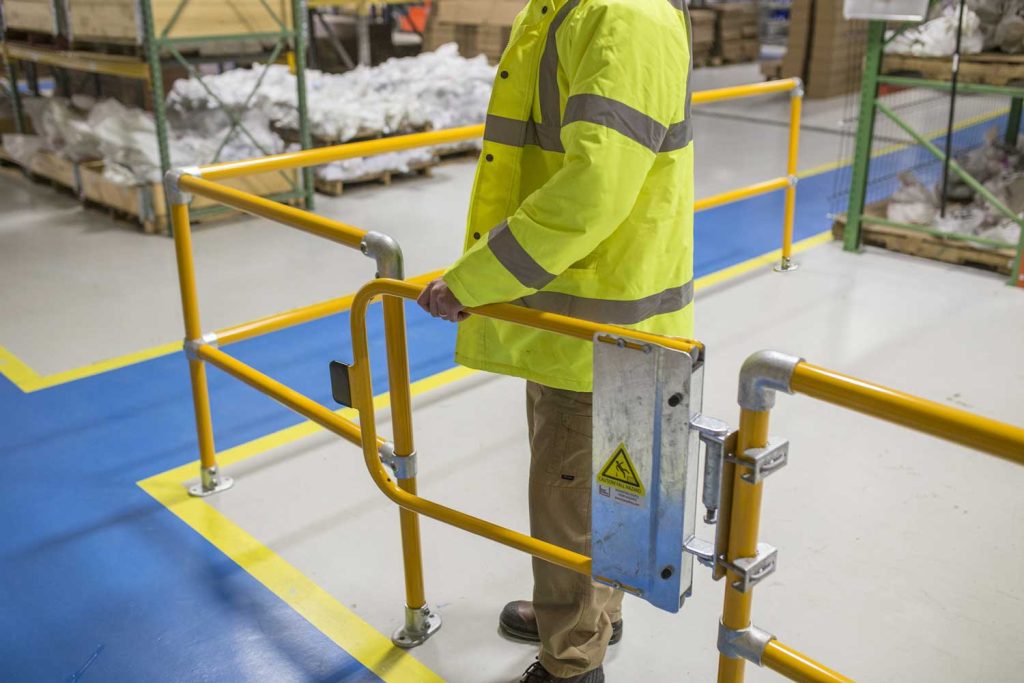Industrial Safety Blog

The Psychology of Yellow
Did you know that not only can color dictate your mood, behavior, decisions, and interactions, but that there is a science that studies these unique effects? It’s called the psychology of color and it discusses the ideas that how we respond to colors is deeply rooted within us. It is for this reason that red has become the international color of stop signs and bright green usually marks road signs. Yellow has become the color signaling caution.
As a long-wavelength color, yellow is both stimulating and highly visible. Research shows that yellow causes our eyes and brains to redirect our focus towards certain objects. Because of this, the color yellow promotes focus, clarity of thought, and attention to detail—all important attributes to a workplace in which employees must exercise caution.
While aerials and signage in yellow are attention-grabbing and memorable, it is also found that yellow encourages mental engagement and information recall. Using yellow industrial equipment helps prevent accidents in the field by subliminally reinforcing safety policies and procedures.
Beyond all this, yellow is also a color of optimism and confidence, and using it can improve workspace morale. After all, happier employees are more productive and focused compared to unhappy, unstimulated ones—not to mention that employees are more likely to create positive relationships with customers when they are satisfied in their work environment.
For all of these reasons, yellow has become the standard color for industrial caution. If you look across the industry, yellow is the color of construction vehicles, caution tape, hard hats, cones, safety vests, tools, and yield signs.
Utilizing these principles, Omega Institutes uses yellow in each of our products to meet your industrial workplace safety standards.


